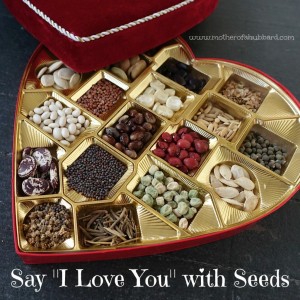One of the most entertaining depictions I’ve seen of the whole cholesterol debate, from Fat Head. It explains how the lipid hypothesis (saturated fat = heart disease) gained popularity, and shows how inflammation in arteries causes plaque, not cholesterol. Essential viewing for those being told to cut fat from their diets.
Excellent as this segment is, I found the film as a whole disappointing. Too much of it is a somewhat clumsy diatribe against Morgan Spurlock’s Supersize Me. It does make good and important point: how did Spurlock manage to consume 5000+ cal/day eating McDonalds? Even eating 3x day super-sized meals (which he ate 9x in the month covered by the film) doesn’t add up to the daily total. A Double Quarter Pounder with cheese is ‘only’ 730 calories (there’s no mention that I could see in either film of the Chicken Selects Premium Breast Strips, which clocks in at 1270 calories, or the Deluxe Breakfast at 1220). Tom Naughton, Fat Head’s film-maker, was unable to access Spurlock’s food log, but suggests that the balance was made up by adding sugary drinks – and in the film Spurlock indeed seems to be carrying two cups with many of his purchases (Chocolate Triple Thick Milkshakes between meals would certainly do it: 1,160 cals each). Which makes sugar the culprit rather than the more photogenic burgers.
Naughton did, it must be said, succeed in losing weight over the course of his film by eating only McDonald’s. That doesn’t make it a recommended diet, but it raises uncomfortable questions, as the film says, for people who blame fast foods – and the people who eat them – for the cultural rise in obesity. It offers a few alternative theories for that trend: the downward change in the US definition of ‘obese’, the percentage rise in the US of populations genetically prone to higher body fat, the increase in sedentary behaviour (this after previously citing Gary Taubes’ finding that exercise – though recommended for all kinds of reasons – does not play a part in weight loss), the higher average age of the population, the increase in snacking, and the increase in consumption of sugary drinks. And both films rightly point to carbs and sugar as being in excess in fast foods.

